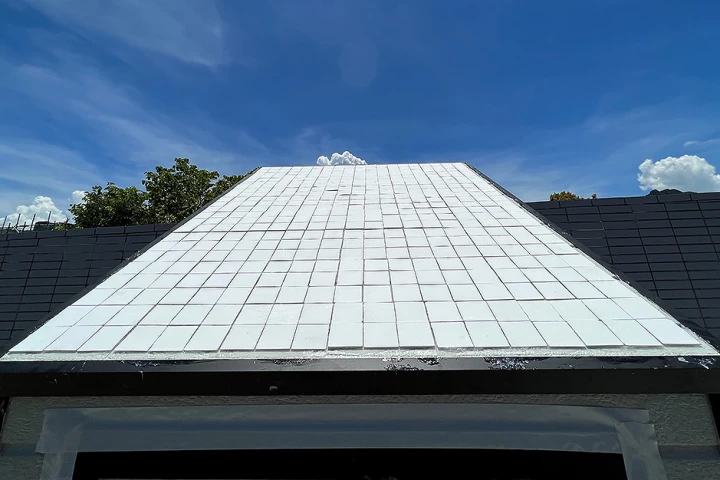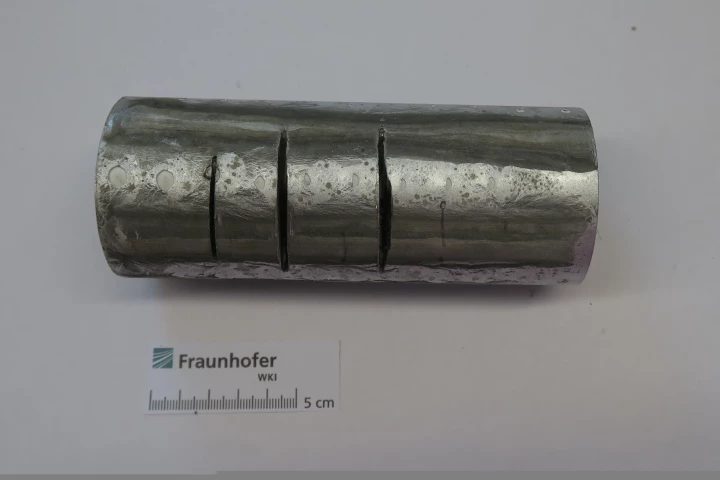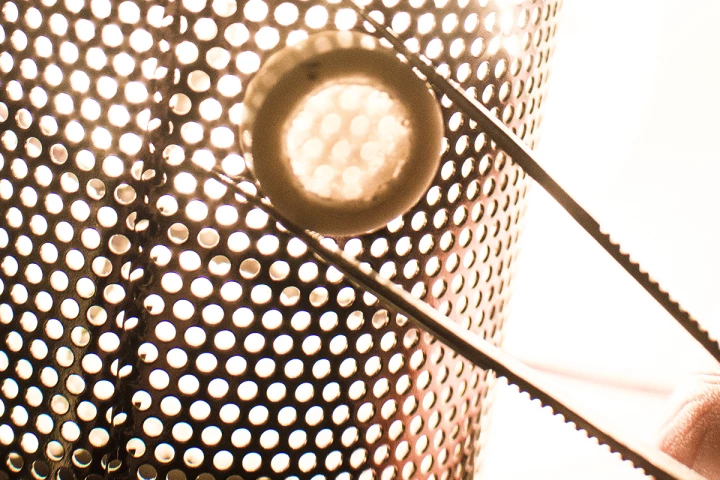Ceramics
-
While topically-applied medications do help alleviate various skin conditions, they'd be even more effective if they could better penetrate the skin's surface. Newly developed nanoceramic "stars" may one day help, by poking tiny holes in the skin.
-
Scientists have developed a new method for removing toxic “forever chemicals” from wastewater. 3D-printed ceramic lattices can remove up to 75% of PFAS from polluted water in three hours – and the structures get better at their job as they’re reused.
-
Scientists have demonstrated a new ultra-white ceramic material that drastically cools buildings, with record-high sunlight and heat reflectivity. The beetle-inspired material gets its ability from its nanostructure and should be easy to mass produce.
-
Most 3D-printed architecture projects are quite simple in appearance but Studio RAP reminds us that this doesn't need to be the case with its New Delft Blue, which involved 3D printing a clay based mixture to create an intricate passageway.
-
In what they hail as a “new frontier in materials,” engineers at Northeastern University have developed a new type of ceramic that can be fashioned into thin and complex shapes, opening up expansive new applications in electronics.
-
Ceramic materials are strong and can stand up to heat very well, but they’re notoriously fragile. Now, researchers at Texas A&M have uncovered a previously unknown self-healing mechanism in a certain type of ceramic, which works at room temperature.
-
Archaeologists have discovered one of the oldest examples of alcohol consumption. Ancient pots dating back 9,000 years have been found to contain traces of an early form of beer, which seems to have been used as part of a ritual honoring the dead.
-
Researchers claim they've come up with the world's first manufactured non-cuttable material, just 15 percent the density of steel and impervious to drills or angle grinders. They say it could make for indestructible bike locks and lightweight armor.
-
The colorful glaze on that ceramic mug of yours may look nice, but there's a chance that it could contain toxic substances. US scientists have thus created a safer type of glaze, that incorporates tiny particles of silver and gold.
-
Researchers have developed a new way to weld ceramics together at room temperature, using ultrafast laser pulses.
-
Ceramic aerogels are incredibly light and can withstand intense heat. The problem is they can be pretty brittle. Now, a team has developed a new ceramic aerogel that’s far hardier and more flexible, even after repeated exposure to wild temperature swings.
-
While it's not uncommon for older people to get total hip replacements, doctors now often go with hip resurfacing implants for younger patients. The devices can cause problems, however. A new implant may change that, as it's made out of ceramic instead of the traditional metal.
Load More











